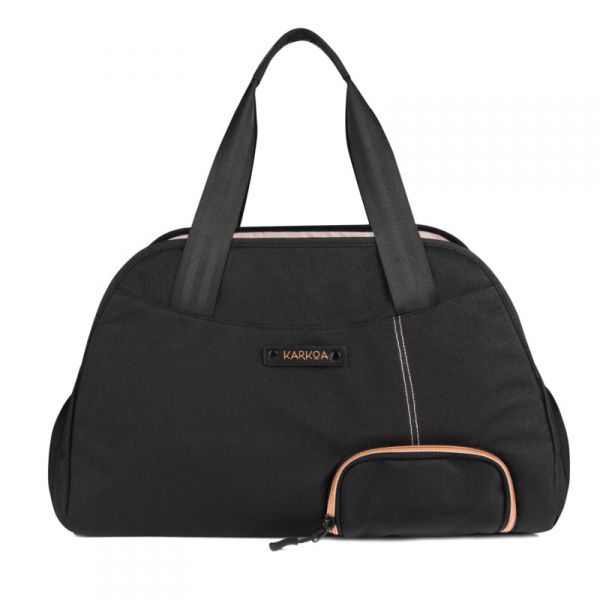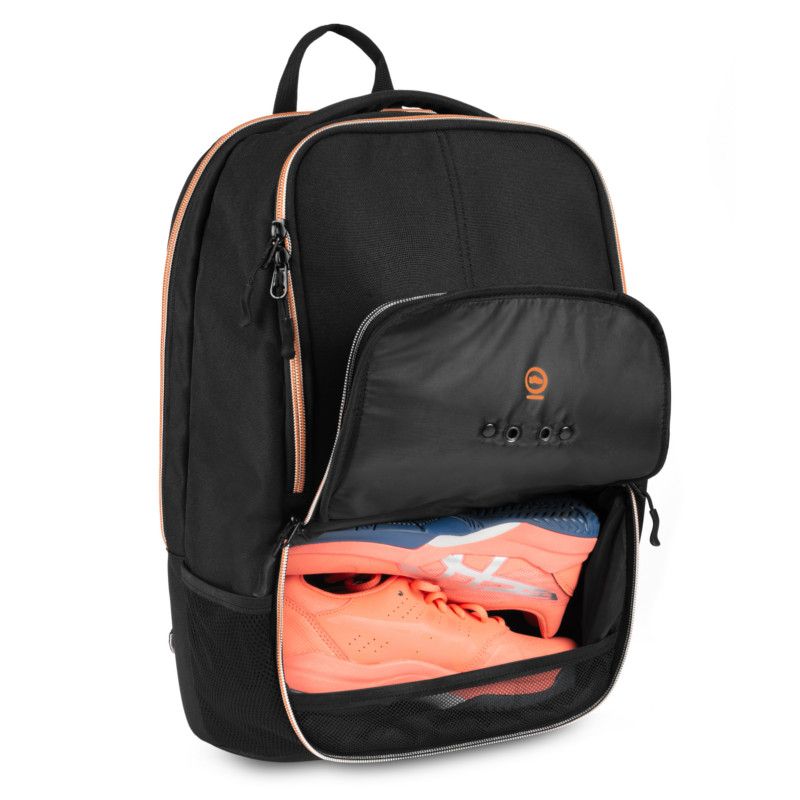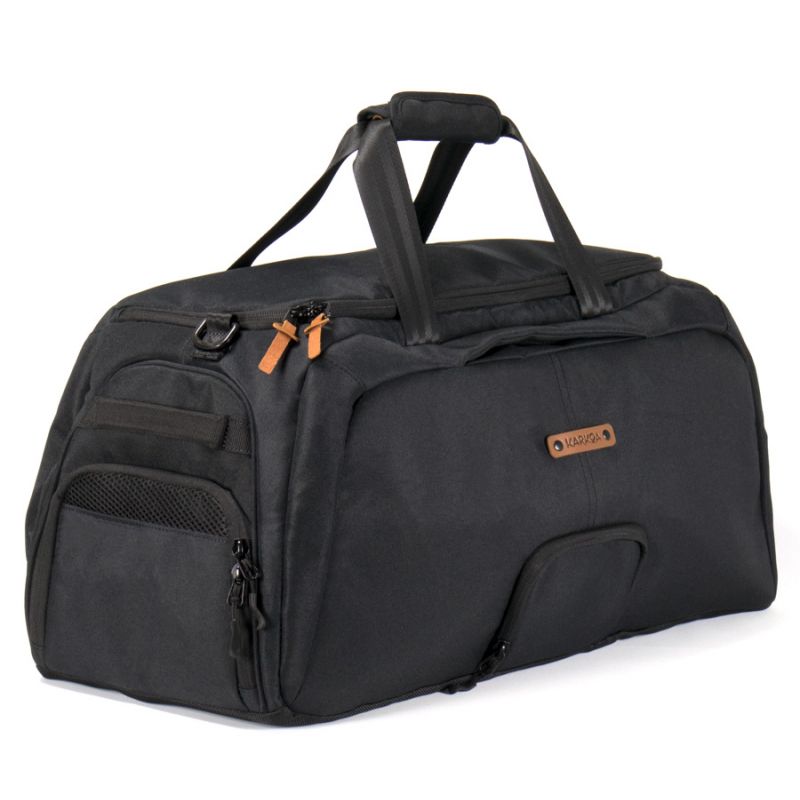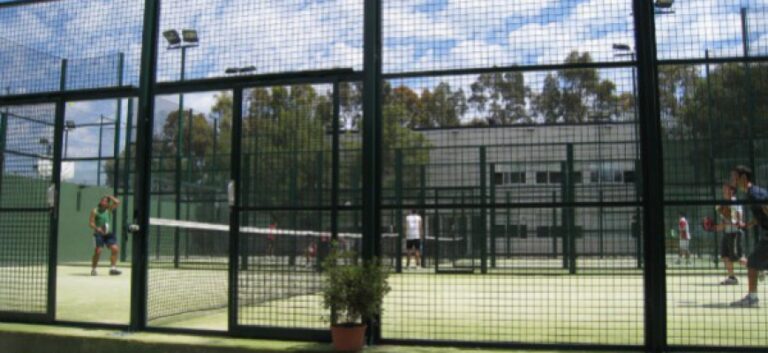These different types of yoga allow everyone to find the practice that best resonates with their needs and aspirations. Whether you’re looking for an intensive physical practice or a more meditative method, yoga offers a wide range of options. Styles such as Hatha Yoga focus on postures and breathing to strengthen the body and calm the mind, while Vinyasa Yoga is characterised by a dynamic sequence of postures. There are also more meditative forms, such as Kundalini Yoga, which focuses on awakening the body’s energy, and Yoga Nidra, which promotes deep relaxation. Your choice of type of yoga will depend on your personal goals, whether they focus on improving strength and flexibility, reducing stress, deepening spiritual awareness or simply maintaining good overall health. Each style of yoga has something unique to offer, enabling you to enrich your practice and improve your everyday well-being.
Yoga Fundamentals
Understanding the fundamentals of yoga will enable you to appreciate its richness and depth. The historical roots and basic principles form the structure on which all yoga practices are built.
History and origins
Yoga has its origins in Ancient India, and its earliest references are engraved in sacred texts known as the Vedas. This is a body of knowledge transmitted orally and then in writing, guiding the spiritual and philosophical practices of Indians. Over the centuries, the sages formalised yoga by writing treatises such as the famous Yoga Sutra by Patanjali, which today remains one of the reference texts on yoga.
The Basic Principles
At the heart of yoga philosophy are the yamas and niyamas, ethical guidelines that teach you respectively what is recommended to avoid and what is suggested to practise.
Yama: behaviours to avoid
- Ahimsa: non-violence
- Satya: truth
- Asteya: no flight
- Brahmacharya: moderation
- Aparigraha: non-cupidity
Niyama: disciplines to observe
- Saucha: purity
- Santosha: contentment
- Svadhyaya: self-study
- Ishvara pranidhana: devotion
Yoga also revolves around the mastery of postures (asana), breathing techniques called pranayama (control of prana or life force) and meditation, which aim to bring balance between body and mind to achieve a more spiritual and harmonious state.
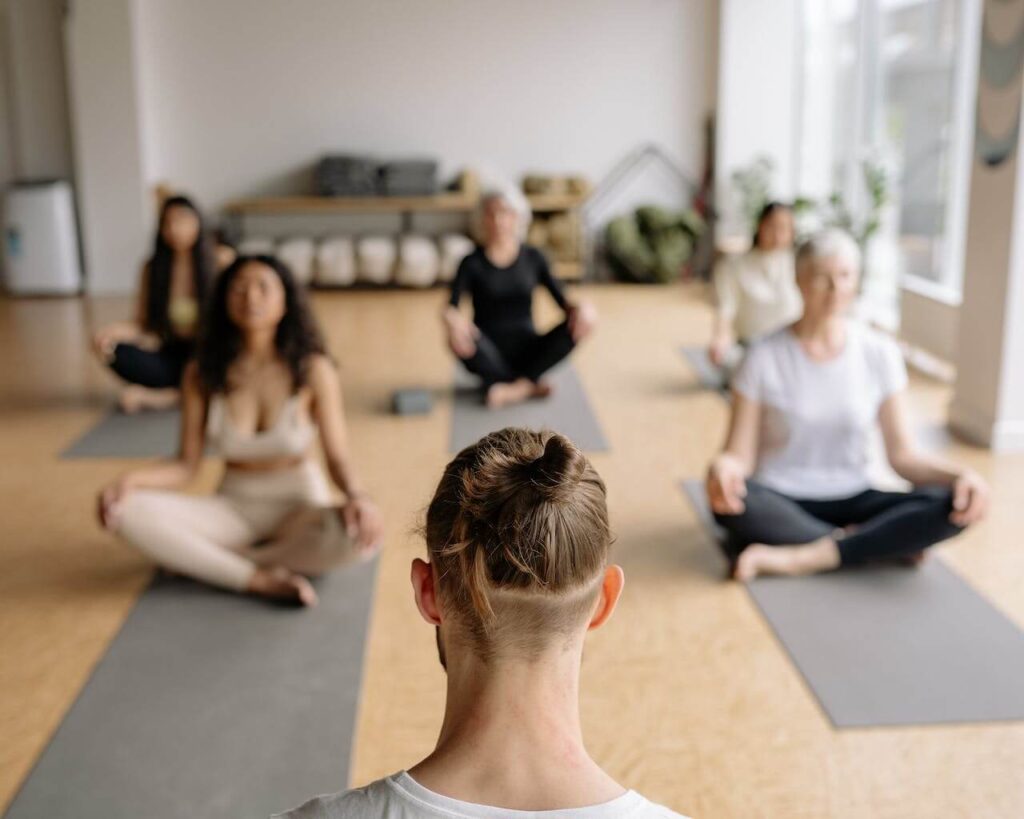
10 Types of Yoga and Their Characteristics
Yoga comes in a variety of styles, each with its own techniques and benefits. Below is a brief description of the characteristics of each type of yoga, so that you can choose the one that best suits your personal needs.
Hatha Yoga
Hatha Yoga, often considered the ideal starting point for beginners, is characterised by postures (asanas) practised slowly and with particular attention paid to the breath (pranayama). This form of yoga focuses on balancing and harmonising the solar and lunar energies in the body, encouraging better circulation of vital energy.
Vinyasa Yoga
In Vinyasa Yoga, movement is synchronised with the breath, creating a dynamic, flowing session. Classes vary considerably depending on the instructor, offering great creative freedom that keeps each session original and lively. This form of yoga is often appreciated for its creative aspect and energetic rhythm.
Ashtanga Yoga
Ashtanga Yoga is renowned for its rigour, combining strength, flexibility and endurance. This demanding practice follows a series of postures in a strict manner, with the aim of purifying the body and mind through regular practice. Ashtanga Yoga sessions are often intense and structured, offering a physical and mental challenge to practitioners.
Kundalini Yoga
The Kundalini Yoga is distinguished by its exercises (kriyas) aimed at awakening the Kundalini energy, located at the base of the spine. This form of yoga is an intensive spiritual practice that integrates chanting, breathing and movement to stimulate the practitioner’s awareness and spiritual experience.
Iyengar Yoga
Iyengar yoga emphasises precise alignment of the body and uses props to perfect the postures. Asanas are held for long periods, improving flexibility and body awareness. This practice is suitable for all levels and physical conditions, offering a safe and effective approach to yoga.
Power Yoga
Power Yoga is a dynamic variation of Vinyasa, focusing on muscle strengthening and toning. The sequences are intense and athletic, offering a physical challenge to practitioners looking to develop strength and endurance.
Bikram Yoga
Bikram yoga, also known as hot yoga, is practised in a room heated to around 40°C. Made up of 26 postures repeated twice in a specific order, this yoga encourages detoxification through profuse sweating. This intense practice is appreciated for its beneficial effects on flexibility and purification of the body.
Yin Yoga
Yin Yoga or Restorative Yoga is characterised by postures held over long periods of time, aimed at targeting connective tissue and improving circulation in the joints. This gentle and calming type of yoga is suitable for all levels of practice, offering a meditative and restorative approach to yoga.
Jivamukti Yoga
Vinyasa-inspired Jivamukti Yoga is a vigorous practice that incorporates spiritual elements such as chanting and meditation. Based on five central principles, this yoga offers a holistic experience that nourishes both body and mind, enabling practitioners to develop a deep connection with themselves and the world around them.
Yoga Nidra
Yoga Nidra, often called “yogic sleep” or “deep relaxation”, is a guided meditation practice that induces a state of deep relaxation while remaining fully conscious. This practice promotes the release of stress and anxiety, improves sleep quality and stimulates concentration. Yoga Nidra is often used as a therapeutic tool to relieve mental and physical tension and promote a state of overall well-being.
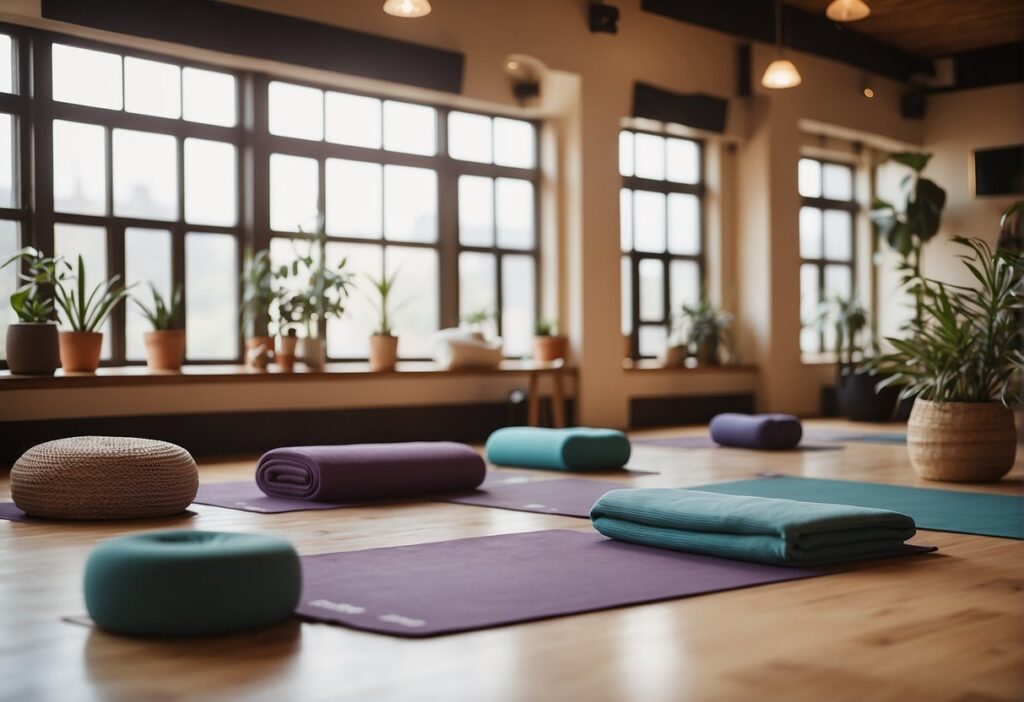
Yoga practice
The practice of yoga is a set of techniques and exercises designed to achieve a balance between body and mind. At the heart of this practice are three essential components: breathing, postures and meditation.
Breathing Techniques
Breathing is fundamental to the practice of yoga. The method of breath control known as pranayama involves several techniques that serve to regulate your breath. These are designed to increase your lung capacity and synchronise breathing with movement:
- Abdominal breathing: Concentrate on swelling the abdomen as you inhale and collapsing it as you exhale.
- Chest breathing: Direct your breath upwards, filling the chest with air without lifting the shoulders.
- Complete breathing: Combine the abdominal and thoracic for deep, integral breathing.
Postures and movements
The postures (asanas) are precise positions that strengthen the body’s flexibility, coordination, as well as balance. By combining postures with fluid movements, you work on your alignment and physical strength. Here are some basic postures:
- Head Down Dog (Adho Mukha Svanasana): to stretch the posterior chain of the body and strengthen the arms.
- The Warrior (Virabhadrasana): for leg stability and shoulder strengthening.
- The triangle (Trikonasana): for balance and stretching the flanks.
Meditation and Relaxation
Meditation (dhyana) and relaxation are key elements in calming the mind and achieving a state of deep well-being. Deep relaxation, often practised at the end of a yoga session, reaps the benefits of the exercise:
- Savasana: lie on your back, relax every part of your body and breathe gently.
- Visualisation techniques: imagine a peaceful place or a soothing colour that spreads throughout the body.
- Guided meditation: follow instructions to focus the mind and reduce stress.
Yoga for Special Needs
Yoga adapts its practices to suit the specific needs of different groups, focusing on targeted benefits while minimising risks.
Yoga for Pregnant Women
The prenatal yoga is designed to support your well-being during pregnancy. It strengthens flexibility and muscle toning, while preparing the body for childbirth. It is important to choose suitable postures to minimise risks. Beginners should prioritise classes specifically for pregnant women, guided by certified instructors.
Yoga for children
Children’s yoga is a fun way to develop flexibility, concentration and confidence. Simple poses and games are often incorporated to keep children interested. This contributes to a good foundation for healthy physical fitness from an early age.
Yoga for Seniors
Yoga for seniors focuses on improving flexibility and maintaining muscle strength, which are essential for a good quality of life. There are special classes for seniors, often focusing on gentle postures, balance and breathing.
Yoga for the disabled
Accessible yoga aims to adapt the practice for people with reduced mobility or other disabilities. The aim is to make yoga inclusive by modifying the postures to ensure safety and comfort. Aids such as chairs or cushions can be used to assist the practice.
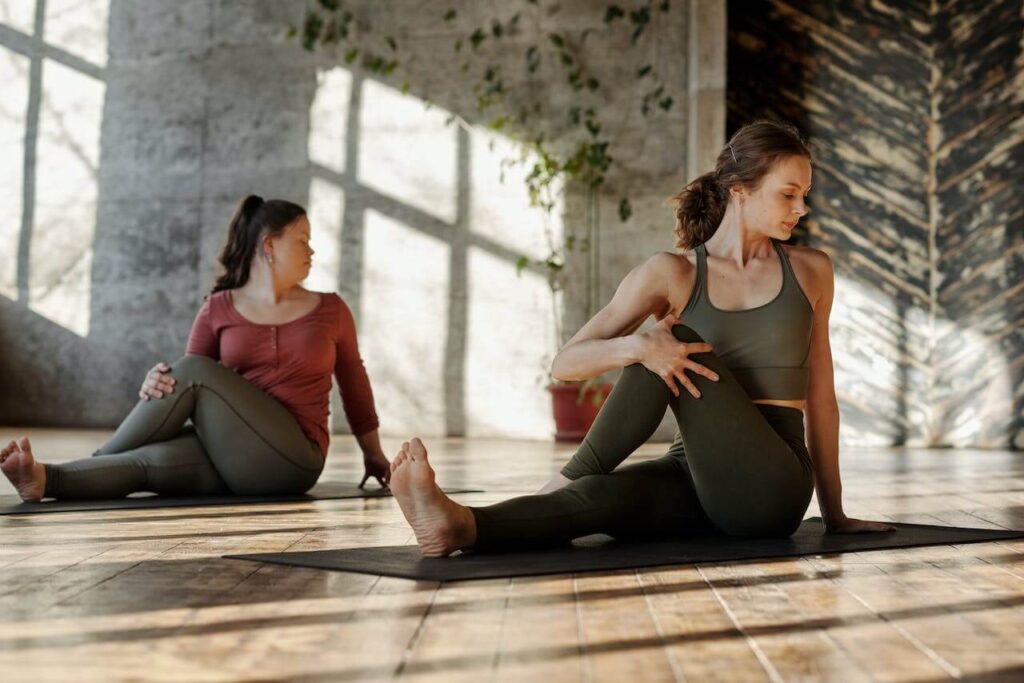
8 new and original types of yoga
Nordic Yoga
Nordic yoga, also known as yoga and Nordic walking, combines the benefits of yoga with Nordic walking, a physical activity practised with poles. This practice offers an immersive outdoor experience, combining yoga postures with dynamic walking, fostering a connection with nature and strengthening both body and mind.
Acro Yoga
Acro Yoga is a dynamic practice that combines yoga, acrobatics and partnership. Participants work in pairs to perform acrobatic postures, combining balance, strength and mutual trust. This form of yoga encourages communication, cooperation and creativity, while offering a fun and stimulating experience.
Yoga Goat
Goat Yoga is an innovative practice in which participants perform yoga postures surrounded by goats. This unique experience strengthens the bond between man and animal, while adding a playful and soothing dimension to the practice of yoga. The presence of the goats encourages relaxation and a connection with nature, making for an enriching and memorable experience.
Yoga Aérien
Aerial Yoga, or Fly Yoga, is practised in a hammock suspended above the ground. This form of yoga allows traditional postures to be explored in an aerial environment, encouraging stretching, relaxation and meditation. The sensation of floating in the air brings a dimension of lightness and openness, allowing practitioners to discover new perspectives in their yoga practice.
Yoga du Rire
Laughter Yoga is a joyful and liberating practice that combines laughter with breathing and movement exercises. This form of yoga releases stress, strengthens the immune system and promotes emotional well-being. Laughter Yoga sessions offer an enjoyable and energising social experience, where participants connect through laughter and shared joy.
Snowga
Snowga, or yoga in the snow, is a practice that takes place outdoors in a snow-covered environment. Participants perform yoga postures adapted to the winter season, incorporating the cold, pure feeling of the snow into their practice. Snowga offers a refreshing and invigorating experience, strengthening the connection with nature and providing a welcome break from everyday life.
Aqua Yoga
Aqua Yoga is a practice that takes place in water, either in a swimming pool or in a natural environment. Participants perform yoga postures adapted to the aquatic environment, using the resistance of the water to strengthen muscles and improve balance. This form of yoga soothes the body and mind, giving a feeling of lightness and fluidity to the movements.
Facial Yoga and Eye Yoga
Facial Yoga and Eye Yoga are practices designed to strengthen and relax the muscles of the face and eyes. Facial Yoga involves contraction and relaxation of the facial muscles to tone the skin and reduce wrinkles, while Eye Yoga includes techniques to improve vision and relieve eye fatigue. These practices help to maintain the health and youthfulness of the face, while promoting a feeling of relaxation and well-being.
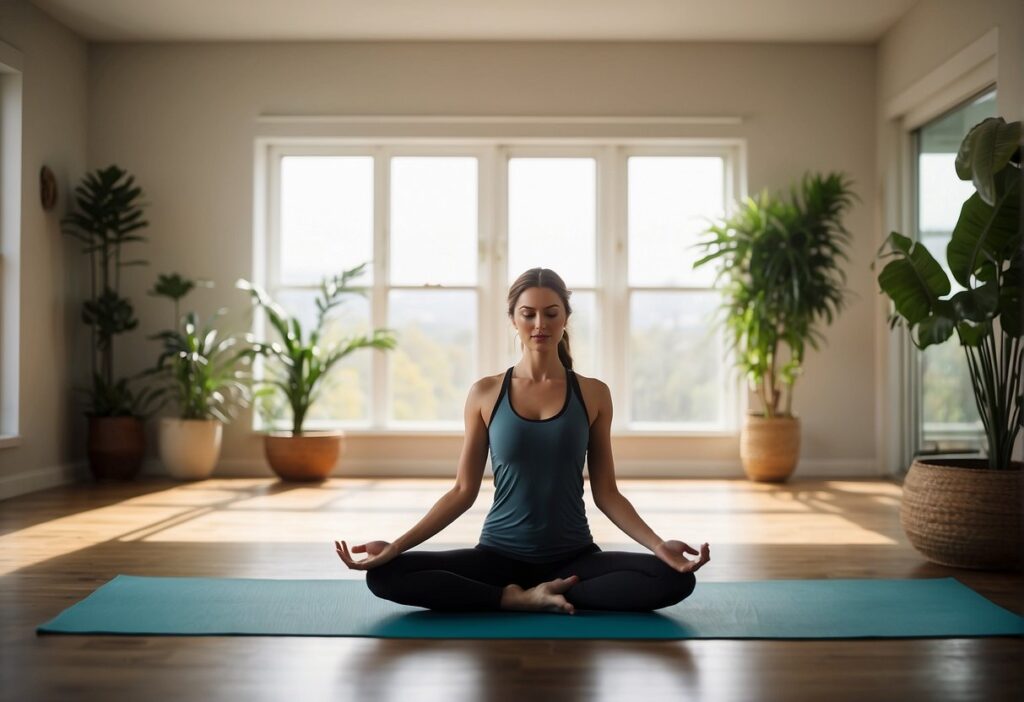
Influence and Expansion of Yoga in the West
The introduction of yoga to the West can be attributed to the work of pioneers like Krishnamacharya, who played a crucial role in modifying yoga to suit Western needs. You’ve seen the evolution of yoga from spiritual and meditative practices to sessions that can make you sweat and work your muscles, sometimes with an emphasis on cardio.
| Sanskrit term | Meaning in Western Yoga |
|---|---|
| Asana | Physical posture |
| Pranayama | Breathing technique |
| Dhyana | Meditation |
Western yoga often focuses on the physical aspect, with an emphasis on evacuating toxins through perspiration and strengthening the muscles. However, the spiritual origins are not completely omitted, with the integration of the seven chakras aimed at harmonising your body and mind. The union (union) of body and mind remains a central aim of yoga even in the West. Yoga has become popular thanks to its ability to adapt. It responds to contemporary needs for stress management and improved fitness. Through a range of styles, from the gentle and meditative to the more dynamic and physical, Western yoga maintains its heritage while evolving to meet your modern aspirations and constraints.
Yoga bag Karkoa
When you’re packing your bag for a yoga class, finding the perfect bag to suit your specific needs is crucial. Karkoa is a brand that stands out for the intelligent design of its bags, allowing you to organise your belongings in the best possible way without taking up too much space.
Main Features
- Separate compartments: Dedicated spaces for your yoga mat, change of clothes and an insulated section to keep your hydration at the ideal temperature.
- Resistant Material: Made from high-density polyester canvas, guaranteeing both lightness and durability.
Models Designed for You
- Smartbag 25E C-black: At €79, compact with separate zones for personal belongings and computer.
- Plume 20 C-black: Priced at €74, this model is ideal for portable ease, including a shoe compartment.
- Smartbag 40E Urban Grey and Tepee 45 Urban Black: These models, priced at €89, are suitable for more substantial equipment thanks to their larger capacity.
Ease of transport
- Dirty Linen Waterproof Bag: A hygienic solution for separating used clothes.
- Computer compartment: For those who come to yoga straight after work.
- Back comfort: Padded shoulder straps and a reinforced back for balanced weight distribution.
All in all, Karkoa offers a range of bags to suit all your requirements, whether you’re looking for a small, practical bag or a more spacious option to carry all the equipment you need for your yoga practice.
